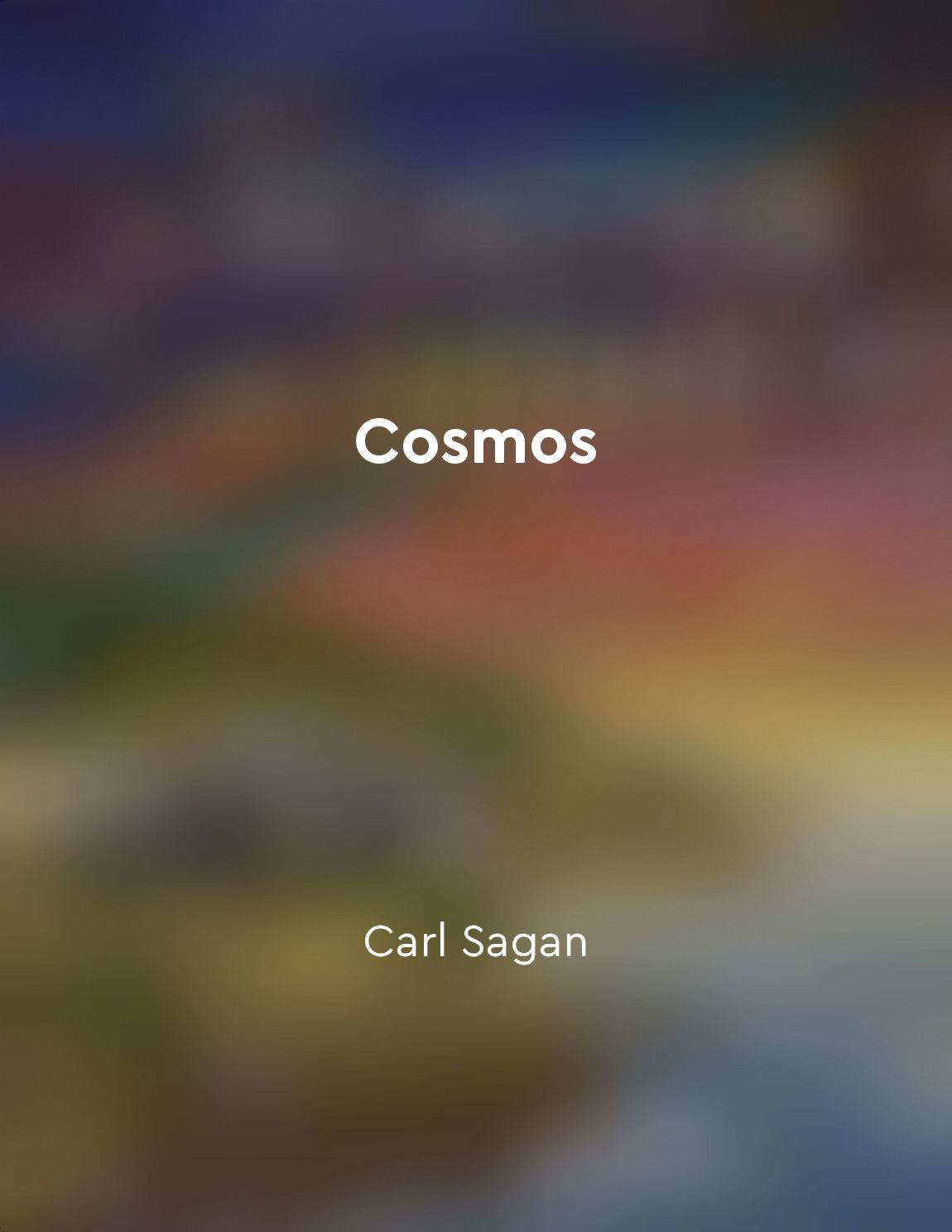The search for exoplanets is ongoing from "summary" of Exoplanets and Alien Solar Systems by Tahir Yaqoob
The quest to discover exoplanets beyond our solar system is a relentless endeavor that continues to this day. Astronomers and scientists worldwide are engaged in a tireless search for these alien worlds, using advanced technologies and innovative techniques to detect these distant celestial bodies. The hunt for exoplanets involves a combination of ground-based observations and space-based missions, each offering unique advantages in the pursuit of these elusive objects. Ground-based telescopes equipped with sophisticated instruments enable astronomers to observe the night sky with unparalleled precision, while space telescopes like Kepler and TESS provide a broader view of the cosmos, scanning thousands of stars for potential planetary systems. One of the primary methods used in the search for exoplanets is the transit method, which involves monitoring the dimming of a star's light as a planet passes in front of it. By analyzing these periodic dips in brightness, astronomers can infer the presence of a planet orbiting the star. Another common technique is the radial velocity method, which detects the gravitational tug of an orbiting planet on its parent star, causing it to wobble slightly. In addition to these methods, astronomers are also exploring new technologies such as direct imaging and gravitational microlensing to detect exoplanets in different ways. Direct imaging involves capturing images of exoplanets directly, while gravitational microlensing takes advantage of the bending of light by massive objects to amplify the signal of distant planets. Despite significant advancements in exoplanet detection techniques, the search for these alien worlds is far from over. With each new discovery, scientists gain a deeper understanding of the diversity and complexity of planetary systems in our galaxy. The ongoing exploration of exoplanets promises to unlock the mysteries of the universe and shed light on the potential for life beyond Earth.Similar Posts
Alternative explanations for cosmic microwave background anomalies
One intriguing puzzle in modern cosmology is the unexpected anomalies found in the cosmic microwave background radiation. These...

The universe is vast and potentially filled with alien civilizations
The universe is a vast expanse, stretching billions of light-years in all directions. Within this immense cosmic arena, there a...

Earth is a fragile oasis in the vastness of space
In the grand cosmic arena, our planet is but a small and delicate oasis amidst the vastness of space. It is a tiny speck in the...
Some exoplanets have extreme temperatures
Some exoplanets in our galaxy have extreme temperatures that make Earth seem like a paradise in comparison. The temperature on ...

Asteroids may carry alien organisms
The idea that asteroids might transport alien life forms from one planetary system to another is not as far-fetched as it may s...

The implications of alien contact are profound
The mere possibility of extraterrestrial life challenges our understanding of the universe. It forces us to confront the limita...
The search for life beyond Earth is a reflection of our desire to find meaning and purpose in the universe
The quest for life elsewhere is a testament to our innate curiosity and longing for answers. It is a reflection of our deep-sea...
The Earth's magnetic field protects life from harmful solar radiation
The Earth's magnetic field is like a protective shield that surrounds our planet, shielding us from the harmful solar radiation...
